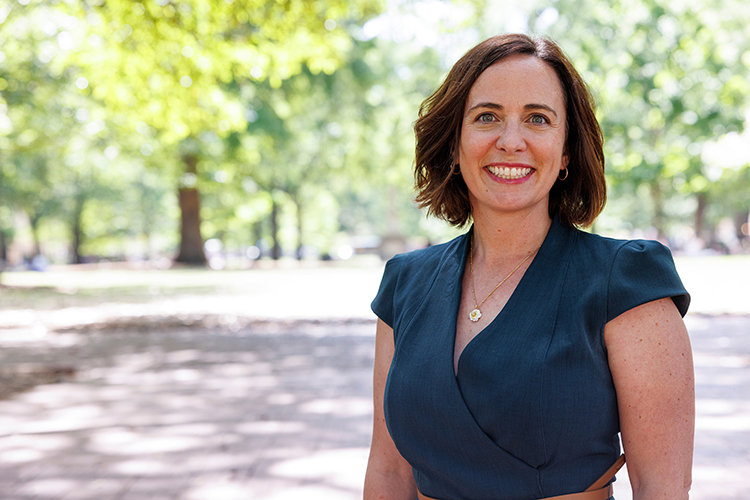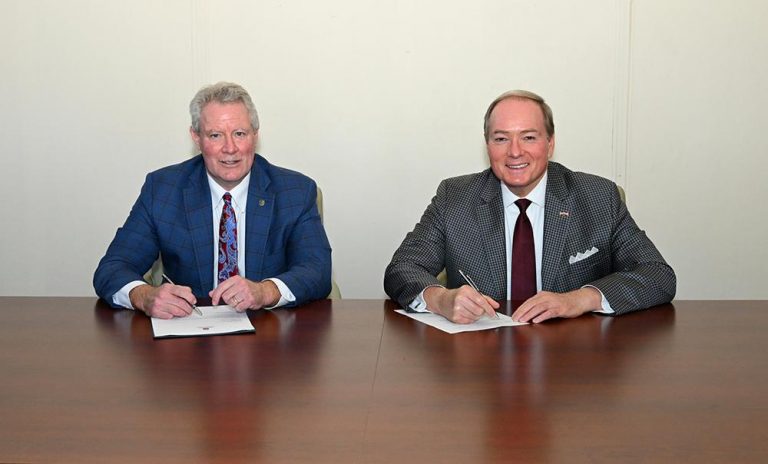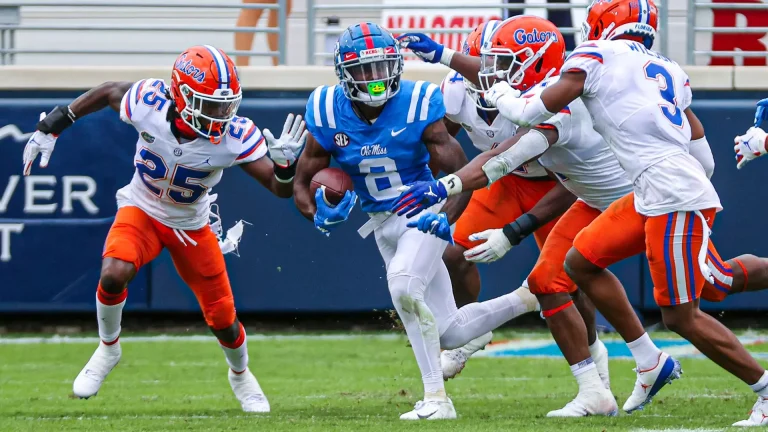
Andrea Hickerson, dean of the University of Mississippi School of Journalism and New Media, is a recognized expert in detecting deepfakes. Everyone can help limit the spread and impact of deepfake videos by being careful and verifying all information before sharing videos or links, she says. Submitted photo
Have you seen the video where Barack Obama uses a vulgar term to describe another president? Or Tom Cruise‘s new TikTok account? Or the dental plan that Tom Hanks endorsed?
Enter the era of deepfakes, where seeing is no longer believing.
Deepfakes are pictures or videos that have been altered using artificial intelligence. Because deepfakes often appear realistic, journalists and their audiences struggle to determine whether photos and videos have been manipulated by technology.
“A good deepfake is imperceptible to the human eye,” said Andrea Hickerson, dean of the School of Journalism and New Media at the University of Mississippi. “It looks real.
“You can see how this can be very scary, as we are used to thinking (that) seeing is believing, and now, it might not actually be so.”
The artificial intelligence can change both the images and audio of a video, making it appear that a person said or did things that never happened.
CBS News anchor Gayle King has warned viewers that a recent Instagram video of her promoting a weight-loss business is totally fake.
With a major election year coming, many experts are warning that deepfakes may be used to distort or fabricate events for political purposes.
Hickerson has a global reputation for deepfake expertise and research. Formerly a faculty member at the Rochester Institute of Technology, she collaborated with computer science and cybersecurity experts to develop DeFake, an online tool that aids journalists and other users in detecting deepfakes. It landed a spot among the eight nationwide winners in the Knight Foundation’s AI and the News Open Challenge.
With the rapid advance of technology, it is easier than ever for scammers to make deepfakes, Hickerson said. However, there are ways to determine if a video might have been artificially doctored.
For the more common, less advanced deepfakes, look for visual flaws, she said.
“There was one viral video from the Russian invasion of Ukraine where there is a warlord with a third eyebrow,” Hickerson said. “So, you may see things that look a little off.”
However, it can still be challenging to distinguish a real video from a deepfake. Videos on social media platforms tend to be generally low quality. Several groups are working to develop detection tools for deepfakes, she said.
In the meantime, the best way to not be fooled by deepfakes is to practice strong social media literacy.
Viewers can help limit the negative impacts of deepfakes by not sharing information if they do not know where it came from, Hickerson said. It is best to only share thoughtful, factual information from a credible source.
“It comes down to awareness,” she said. “We can’t assume that if we see a video, it’s true.
“You need to start thinking ‘Where did this video come from? Who sent it to me? What were the motives of where it came from?’ … Just basic questions about why people would want me to see this.”
By Whitney Rigdon




